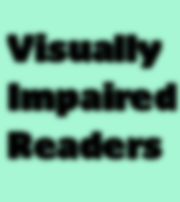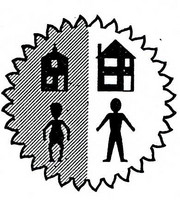
The Legibility of Pharmaceutical Pictograms
Providing written information about medicines is both mandatory and important for a patient’s treatment. This information, usually in the form of patient information leaflets and labels, however, is not always easy to use: Thin paper, complex wording and bad typography reduces people’s ability to find, read, understand and apply medical information to the extent of causing accidents.
One way of making medical information more accessible is through the incorporation of pharmaceutical pictograms. However, reducing these into implementable sizes causes legibility issues; especially for the elderly, who is a growing population group with a high need for medicines.
This project combines perception psychology with information design to test the performance of pharmaceutical pictograms. By working with visual variables, such as shape, size and stroke, the purpose is to find the features that increases pictogram legibility. Through the findings, the aim is first, to improve the effectiveness of medicine information, particularly for the elderly and visually impaired; and second, to add to the field of pictogram design in general.
The project is a sub-project of the project ‘Typeface Legibility for Visually Impaired Readers’, funded by The Danish Council for Independent Research, running between 2017-2021.













